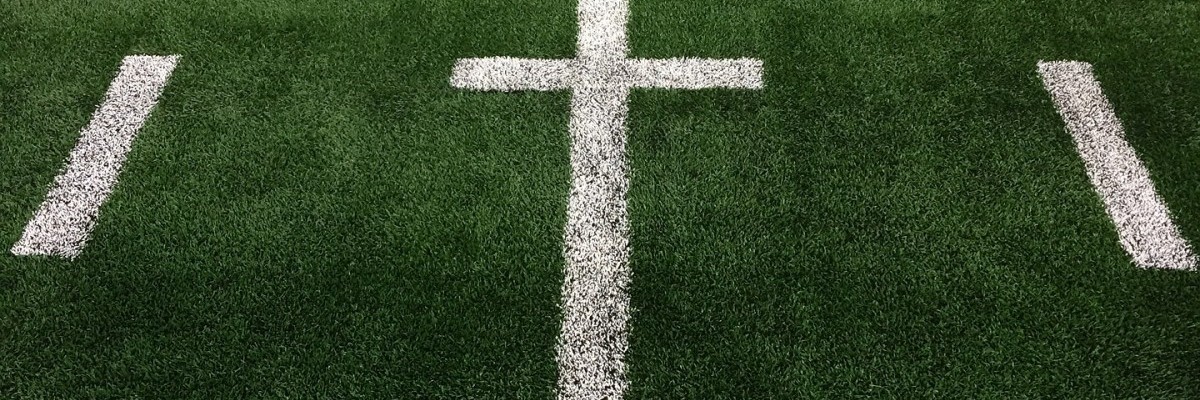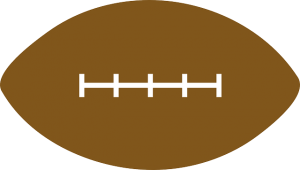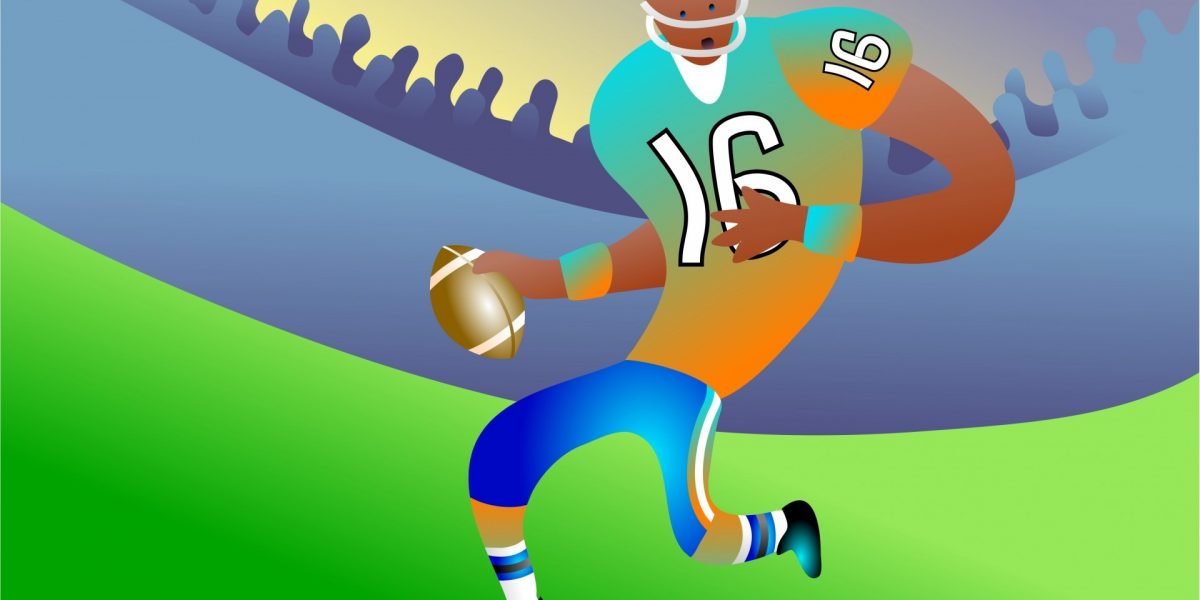One thing that I simply don’t get about the fantasy football expert community is that it can be kind of reactionary. After over a month of preseason analysis and tinkering of draft rankings, it takes just one week for them to change their minds. One week! So now A.J. Green jumps ahead of Odell Beckham Jr. in the wide receiver draft rankings? You would now consider getting Larry Fitzgerald and trade away a player like Dez Bryant? These kinds of reactionary opinions have started to annoy me quite a bit because the people making them should know better. It’s even worse when it happens at the beginning of a season. If Player X is so bad after four quarters of the season, why were you touting him for the past four weeks?
NFL Week 1 in the books
A lot of interesting revelations were made last week which confirmed, denied, or challenged preseason expectations. Some players were hurt, some shined brightly, and others fell flat. There’s a flurry of items to discuss as people try to process the games over the weekend and make adjustments for the coming weekend, but this doesn’t mean that predraft rankings should change at the top just yet.
Think of it this way: preseason rankings are based upon season-long projections. It’s a broad perspective. If a player is projected to get 160 points over the course of a season, the expectation is never that the player will score 10 points in 16 games. Instead, we expect that player might get 12 points in some games, maybe 8 in other games, possibly 18 in a game, and 3 or 4 in another. The point is that predraft rankings presume fluctuation on a weekly basis and take that all into account.
So why, then, would rankings significantly change after just one week? Injuries aside, there should be no significant rankings changes after the first week of the season based on player performance alone. Even if Dez Bryant catches only one pass in his first game, it really doesn’t matter. Something like that was bound to happen. In fact, deviation from the mean was expected to happen and was taken into account before the season began.
Use overreaction to build your roster
For fantasy purposes, the best way to capitalize on the post-Week 1 chaos is by holding relatively still. For the most part, you shouldn’t be making many waiver wire pickups just yet. You shouldn’t be worried about the performances of draft picks taken in your top six or seven rounds, and you shouldn’t be overly amazed by undrafted players who came out of the woodwork to perform well. Why not? Because the ink on the preseason rankings has barely dried. In order to get value from your picks, you need to let them perform to their expected levels.
As the season moves to Week 2, you may see a more chaotic environment if top players stumble two weeks in a row. Some managers in your league may begin to drop talented players because of poor performance, beginning with players drafted in the later rounds and progressing to players drafted in earlier rounds. The tolerance level for underperformance lowers each week, and this is your chance to pounce.
Remember, your roster is not completed at the end of draft day, but continues all season long. Look for those great values – whether it be through trade or claiming dropped players off waivers – who other people give up on. Look at their long-term performances and ignore the underwhelming performances of a few games at the beginning of the season.


 The league uses Fleaflicker, and old-school fantasy sports platform that I have come to realize utilizes somewhat absurd rankings and player projections. I realized that I could use that to my advantage by waiting on certain players I wanted on my team because I knew they would likely be available in later rounds. After all, fantasy managers typically follow the default draft rankings in whatever software platform they are using.
The league uses Fleaflicker, and old-school fantasy sports platform that I have come to realize utilizes somewhat absurd rankings and player projections. I realized that I could use that to my advantage by waiting on certain players I wanted on my team because I knew they would likely be available in later rounds. After all, fantasy managers typically follow the default draft rankings in whatever software platform they are using.
